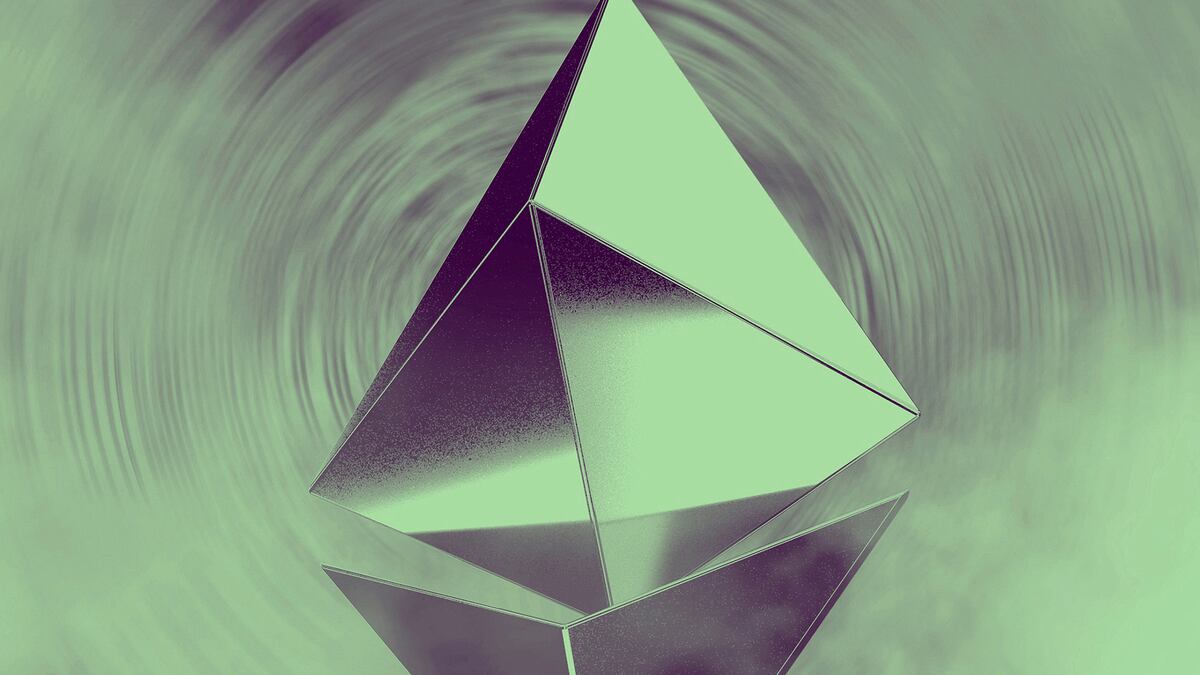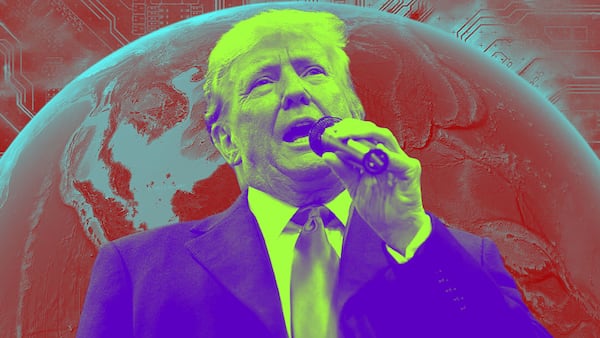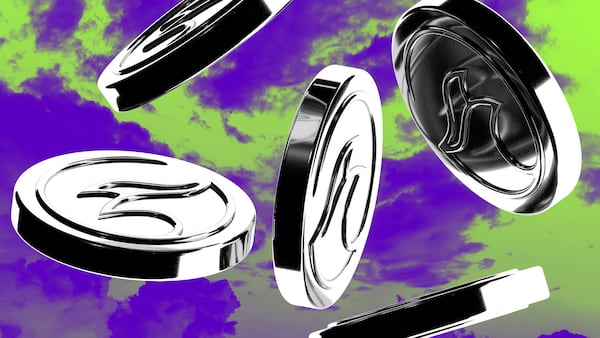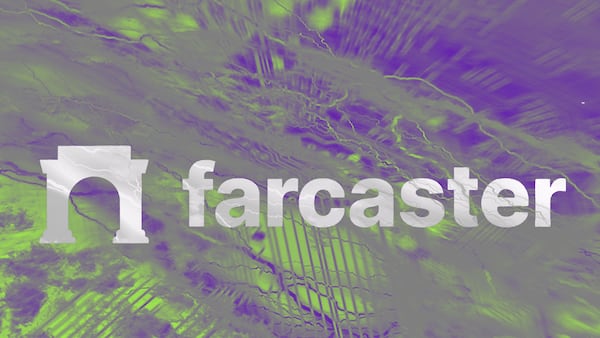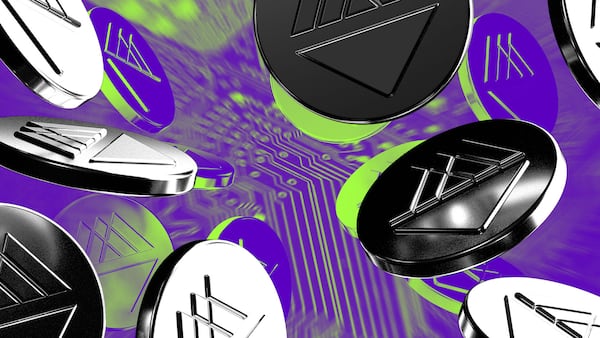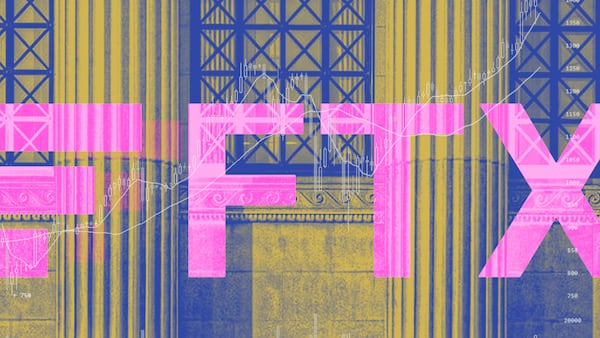- ERC404 is a novel token standard on Ethereum, combining the attributes of NFTs and fungible tokens.
- For NFT traders, that means more liquidity and trading flexibility.
Tokens on Ethereum fall under two broad technical categories standards: non-fungible ERC721 and fungible ERC20.
NFTs, or non-fungible tokens, are designed to be proof of ownership on the blockchain and each token of this type is unique. Fungible tokens, or simply known as cryptocurrencies, are not unique: one Shiba Inu token is the same as the other Shiba Inu token.
But a new experimental token standard, dubbed ERC404, seeks to make a hybrid of those two standards. Its implementation through an NFT collection of Replicants has piqued the interest of traders, resulting in about $87 million in total volume on decentralised exchanges and just under $1 million in total volume on NFT marketplaces in just the last week since its launch.
Users can sell their Replicant on popular NFT marketplaces like Blur and OpenSea or they can sell the fungible Replicant tokens on popular decentralised exchanges like Uniswap.
The price of one Replicant has risen from around 0.38 ETH on February 3 to over 4.26 ETH, giving the collection a fully diluted value of over $88 million putting them in the top 15 NFT collections.
A new Ethereum token standard
ERC404 is an experimental token standard on Ethereum meaning it has yet to receive a full external audit.
Token standards are simply a set of rules that smart contracts must abide by. The ERC20 token standard sets a series of rules that tokens must abide by, while the ERC721 token standard sets the rules for non-fungible tokens.
By combining these standards, each Replicant holds qualities of both a token and an NFT.
This is different from fractionalised NFTs, which break a single NFT into tradable pieces, as this gives users the ability to sell shares in a single NFT, not an entire collection.
ERC404 greatly improves the liquidity — availability of funds — for NFTs, which are typically highly illiquid assets.
Users do not need to list their NFT and wait for someone to buy it — they can always sell the token on a decentralised exchange, like Uniswap, which has $19 million in liquidity for the PANDORA/WETH trading pool.
The new token standard has a few quirky consequences.
If the user then sells the fungible token, the NFT linked to it is destroyed. This dynamic where a new NFT is created upon purchasing one full token has caused the volume on decentralised exchanges to explode relative to the volume on NFT marketplaces, due to users trying to “re-roll” to try and get a red Replicant, the highest tier in rarity available. In NFT collections, rare traits command higher prices.
This frenzy has benefited liquidity providers on the token’s Uniswap pool. The 1% fee on trades in this pool brought in just under $1 million in fees since February 3.
Blur integrated the new standard into their marketplace within just two days. Others like BananaGun, a Telegram trading bot, announced ERC404 support today. Multiple other NFT projects have launched, or announced they will launch, also using this new experimental token standard.
Ryan Celaj is DL News’ New York-based Data Correspondent. Reach out with tips at ryan@dlnews.com.
